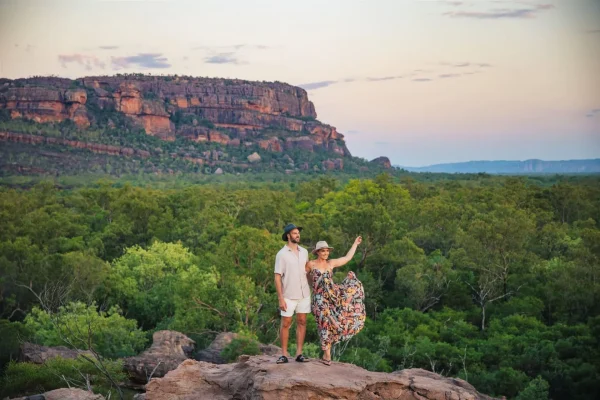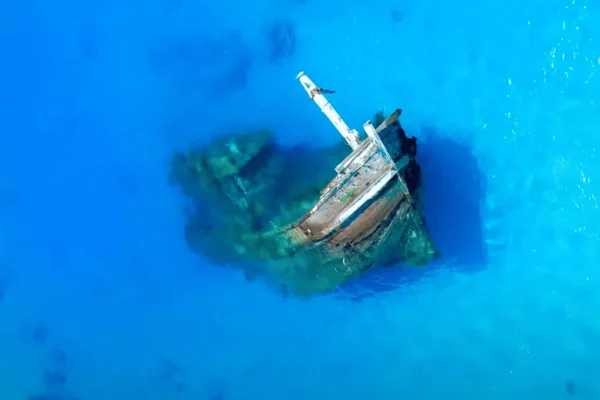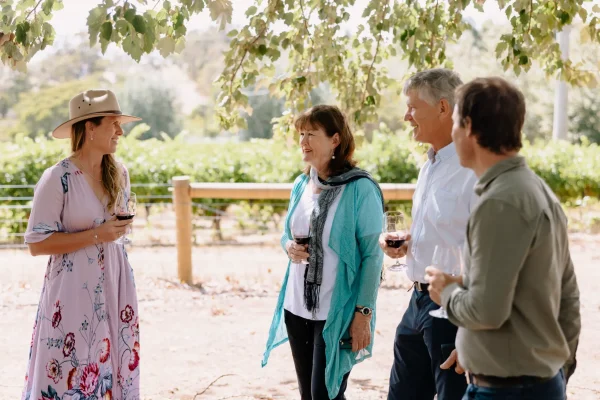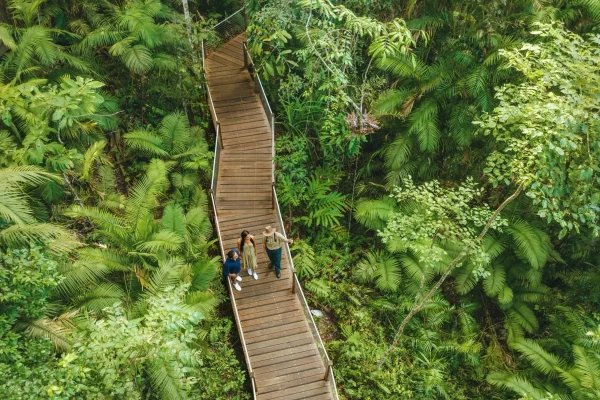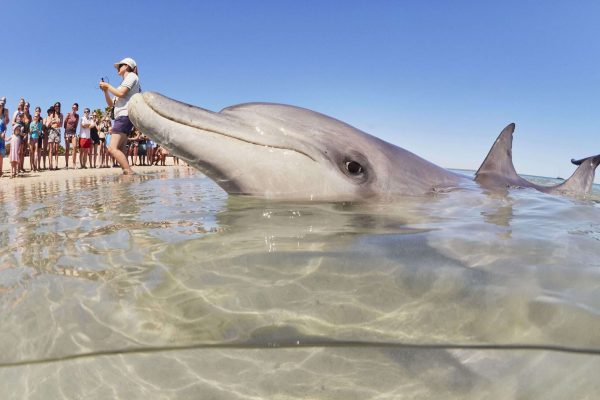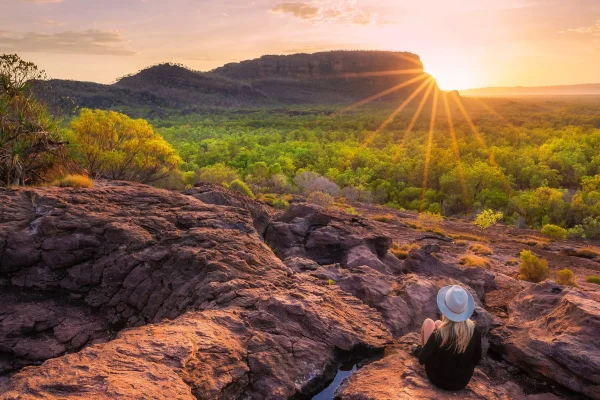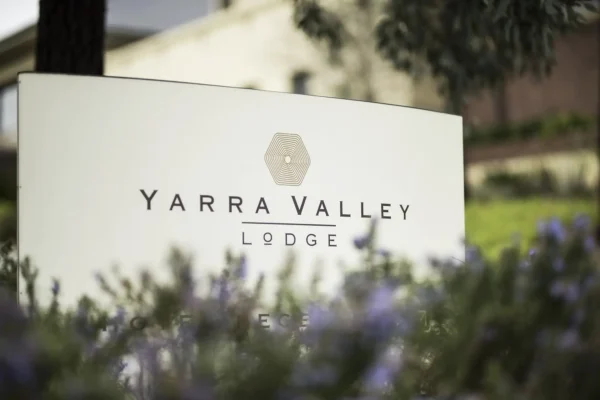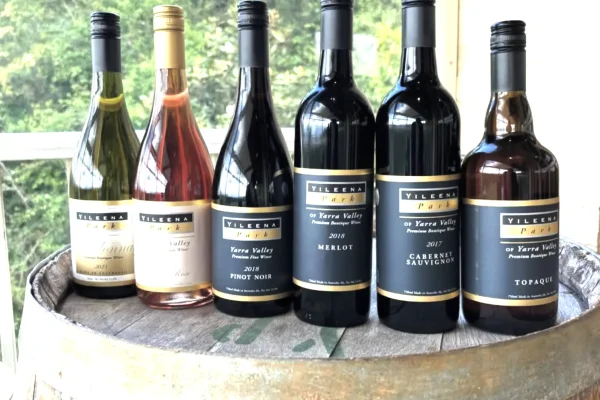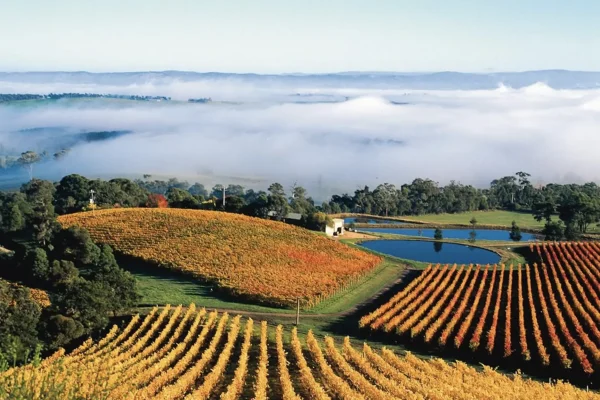Darlington, a sleepy but beautiful town on the Great Ocean Road, is a retreat into the heart of western Victoria’s plains and volcanoes. Surrounded by rainforests, lakes, and iconic coastal roads, it’s the perfect base to explore the natural wonders of the Southern Ocean and its inland lakes. This guide takes a closer look at Darlington’s charm, culture, and natural attractions. It also has tips for planning your visit and finding local gems like Mount Elephant, Port Campbell National Park, and nearby lakes.
The Charm of the Town
Situated on Victoria’s volcanic plains Darlington offers a rare blend of rural and seaside. Visitors will find a peaceful retreat with stunning coastal views and access to ancient rainforests and walking tracks that showcase the region’s ruggedness. The town’s charm is in its historic sites, native wildlife and scenic drives along the coastal roads to Bells Beach and Johanna Beach, making it a nature lover’s paradise.
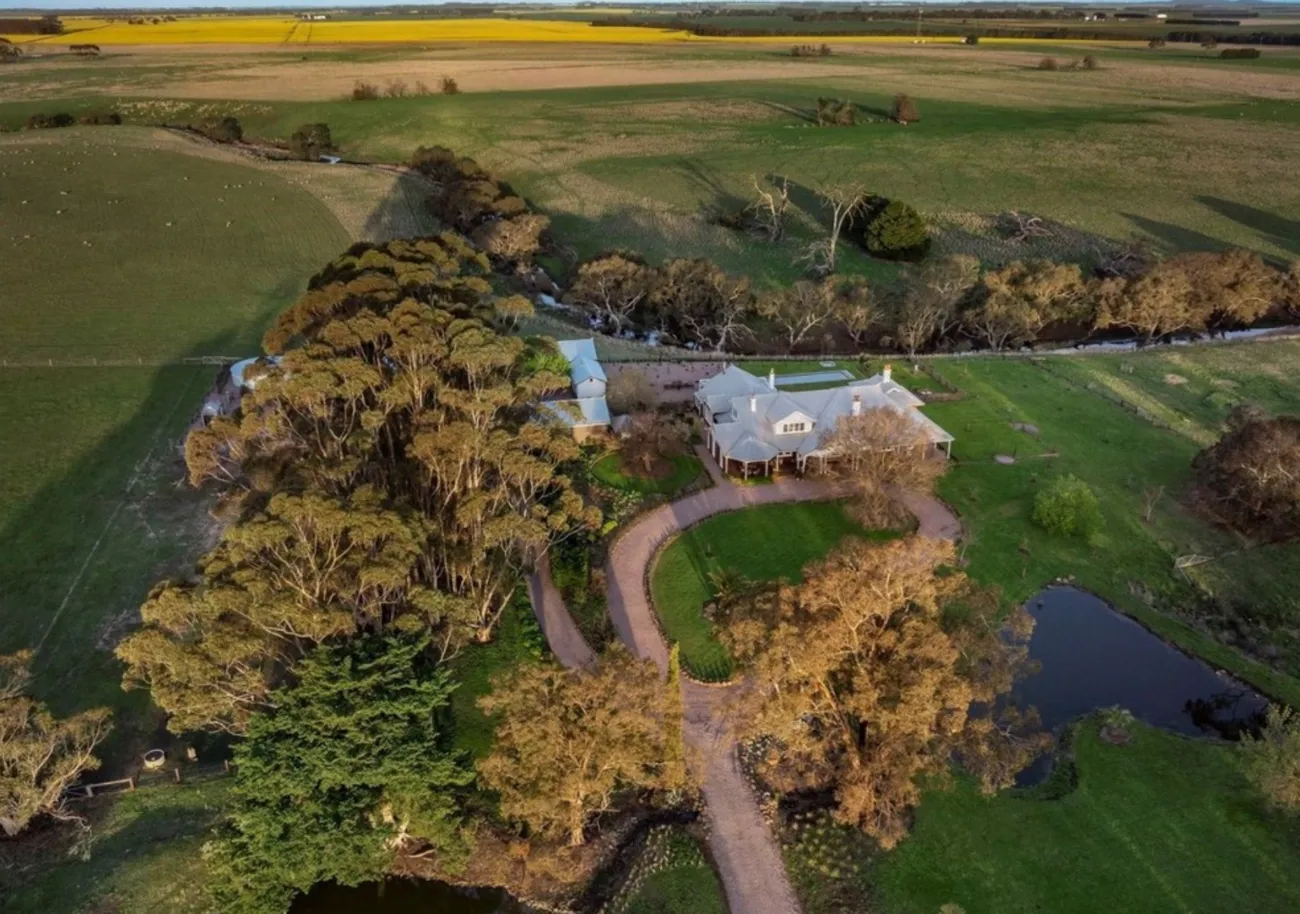
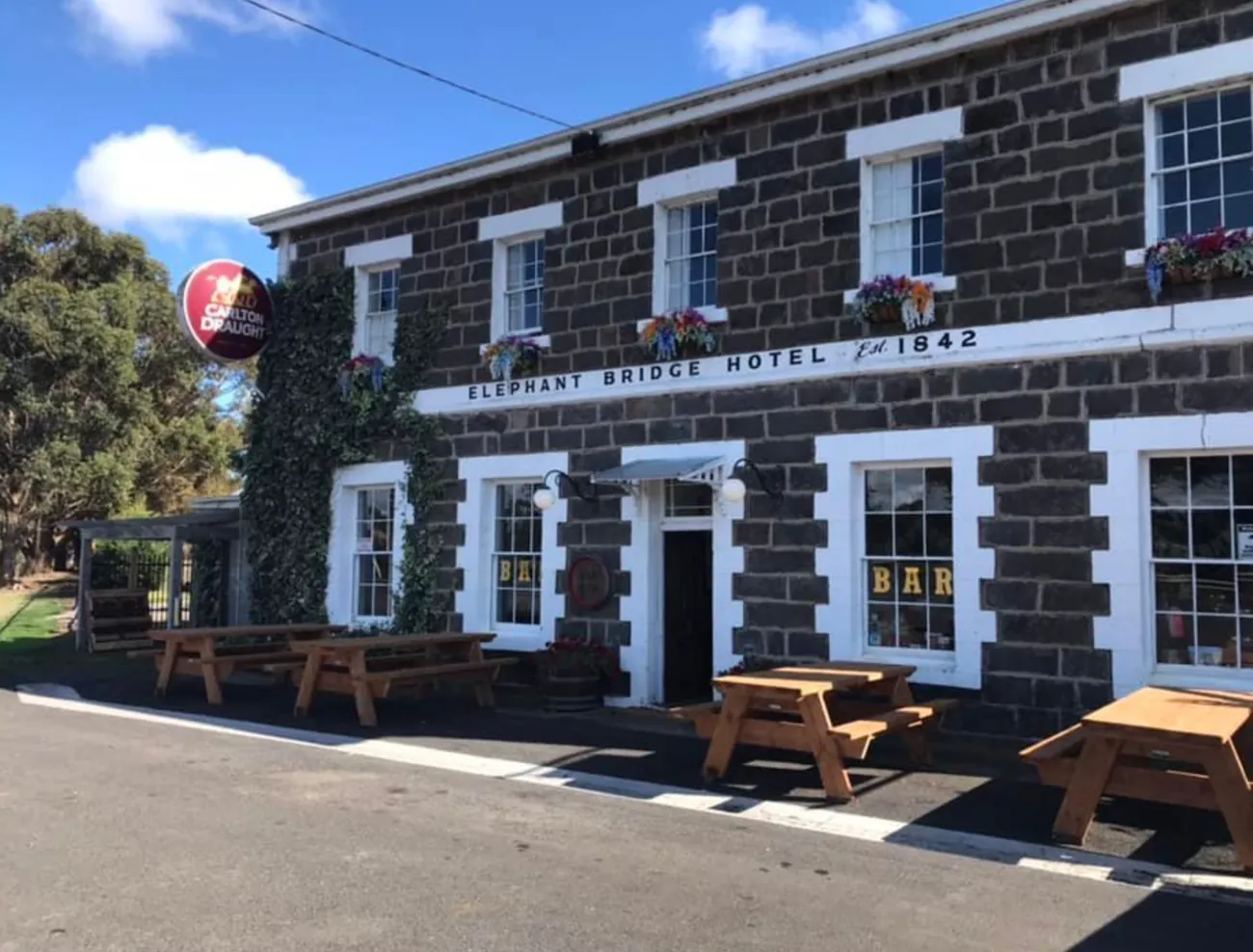
Cultural Heritage
Darlington has a rich cultural heritage that reflects the reconciliation with the Traditional Owners of the land and the enduring partnerships that support this region. Historic sites where early settlers first arrived, as well as ruins of 19th-century settlers’ lives, are preserved for visitors to explore. The Elephant Bridge Hotel nearby gives a glimpse into the past with antique furniture and shillings for the wagons. Darlington’s commitment to equity for all communities is seen in the town itself.
Natural Wonders nearby
The area around Darlington is a natural wonderland with deep crater lakes like Lake Purrumbete and Lake Corangamite, as well as inland towns with lush flora and stunning views. Visitors can explore scenic spots like the cliffs of Cape Otway and winding roads through green hills and volcanic plains. London Bridge and the limestone cliffs of the Apostles Coast & Hinterland offer ocean views, and inland lakes are fishing spots with views of the volcanoes and surrounding landscape.
Mount Elephant: Volcano Extinct
One of the most impressive features of the region is Mount Elephant an extinct volcano near Darlington which offers 360 degree views of the plains. Hikers can walk into this ancient crater which rises out of the western plains and get a glimpse into Victoria’s volcanic past. The area around Mount Elephant is volcanic terrain and you can find deep crater lakes like Lake Bookar, Lake Gnotuk and Lake Bolac which are full of local flora and fauna.
Fishing in Local Rivers
Anglers will love being close to the Gellibrand River, Glenelg River and Anglesea River where brown trout and native fish species are abundant. The calm waters of these rivers are a peaceful fishing experience surrounded by ferns and scenic views. Lake Tooliorook and Lake Elizabeth are also close by and offer clear waters and brown trout and native fish.
Lake Bookar
Lake Bookar is a hidden gem near Darlington perfect for birdwatching and a peaceful escape. This lake surrounded by grassy plains is a bird and wildlife haven and great for nature photography. Lake Bookar is a quiet oasis compared to the rugged coastline nearby and a relaxing spot in Victoria’s Lakes & Plains region.
Deep Lake Recreation Reserve
Deep Lake Recreation Reserve is a great spot near Darlington for family day trips with picnic areas, walking tracks and lake views perfect for kayaking and fishing. This reserve showcases Victoria’s inland waterways with the volcanic plains and crater lakes as a backdrop to the views. Deep Lake and the other lakes nearby like Lake Gnotuk and Lake Bullen is a must see for those who want to experience Victoria’s lake side destinations.
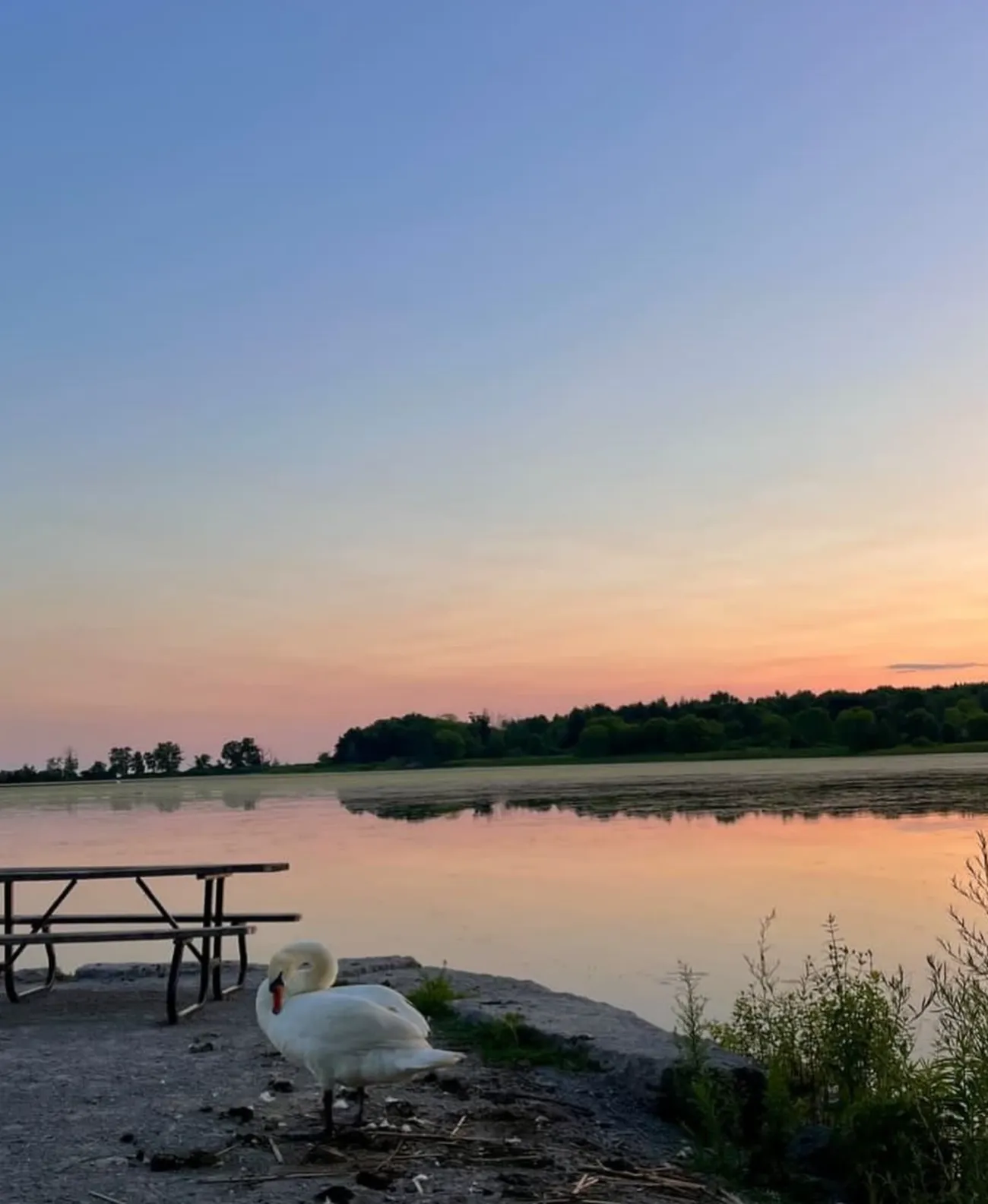
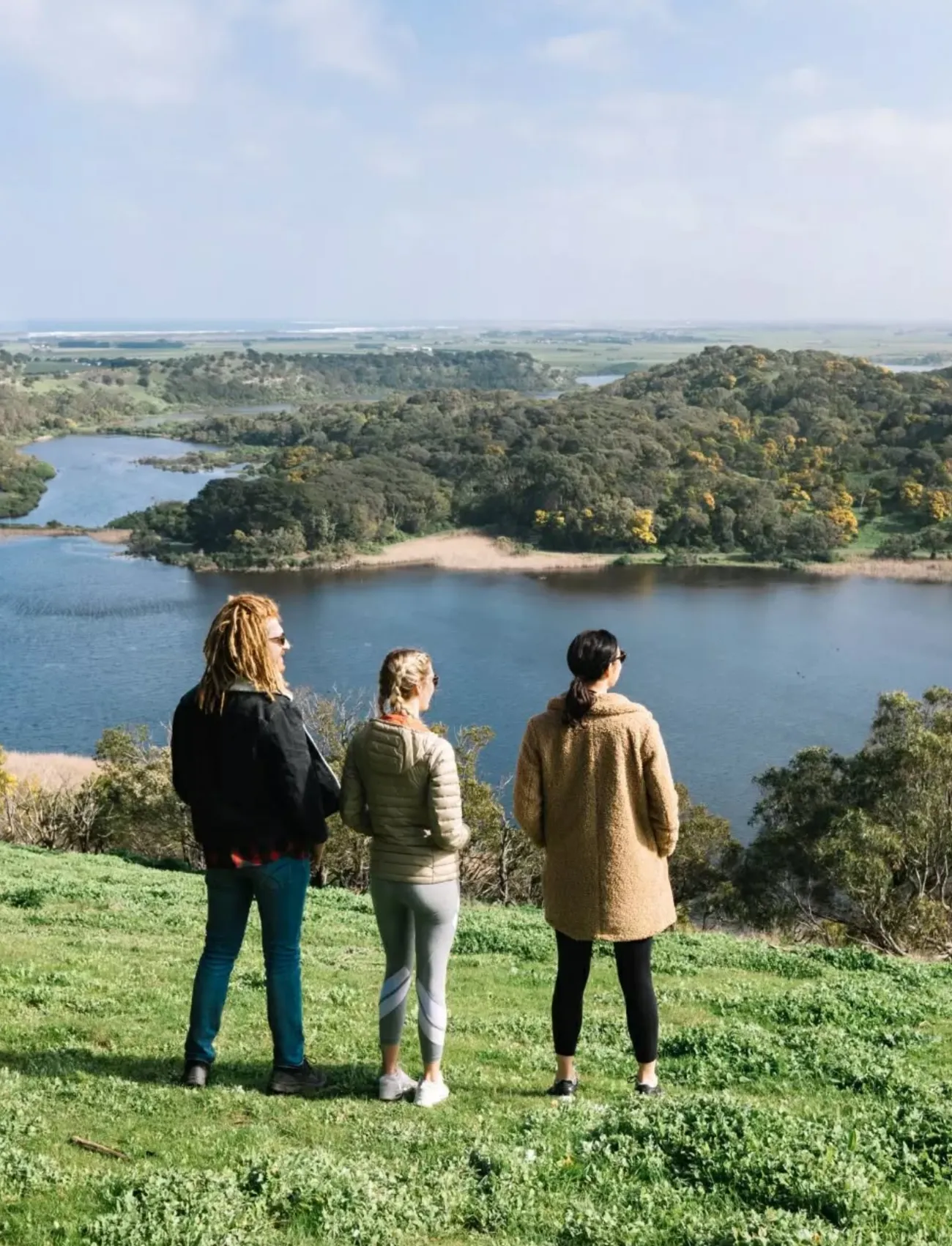
Lake Tooliorook
Lake Tooliorook is another beautiful lake for fishing and outdoor activities. Surrounded by green hills and peaceful scenery, this lake is perfect for picnics, fishing and nature walks. Families and outdoor enthusiasts can enjoy the views with easy access to nearby coastal towns and national parks like Tower Hill Wildlife Reserve and Port Campbell National Park.
More Attractions
Darlington is central to many attractions, including the scenic coastal cliffs of Cape Nelson, the famous surf beaches of Kennett River and Skenes Creek and the winding roads to the rainforests of Beech Forest. The coastline and the limestone cliffs of the Apostles Coast & Hinterland are perfect for drives and inland attractions like the redwood forest and Tower Hill State Game Reserve, which are for nature enthusiasts.
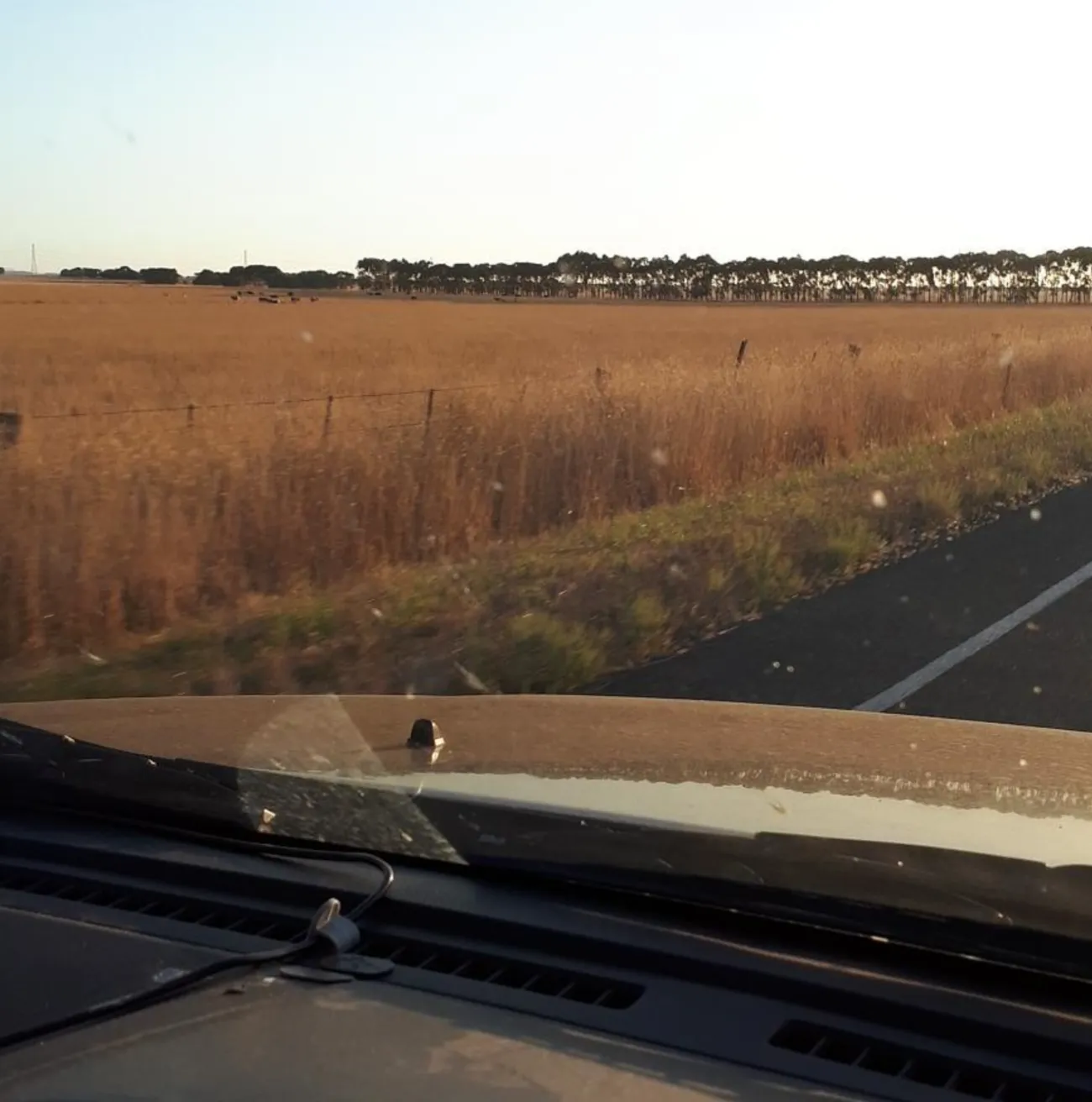
Best Times to Visit
Spring and autumn offer the ideal conditions for a visit to Darlington, with mild weather and the area in full bloom. During winter, the ancient rainforests and volcanic lakes surrounding Darlington are vibrant and green, creating a stunning contrast to the rugged coastline. For those seeking peace and quiet, winter provides a more serene experience with fewer tourists and cooler temperatures, making it perfect for exploring lake walks, crater trails, and coastal routes during a great ocean tour Melbourne.
Getting Here
Darlington is about 2 hours from Melbourne with easy access by car along inland routes. You can drive through volcanic plains, coastal villages and inland towns like Lavers Hill, Wye River and Childers Cove. This region is close to other major attractions along the Great Ocean Road including coastal cliffs, inland volcanic lakes and the famous limestone stacks of Port Campbell National Park.
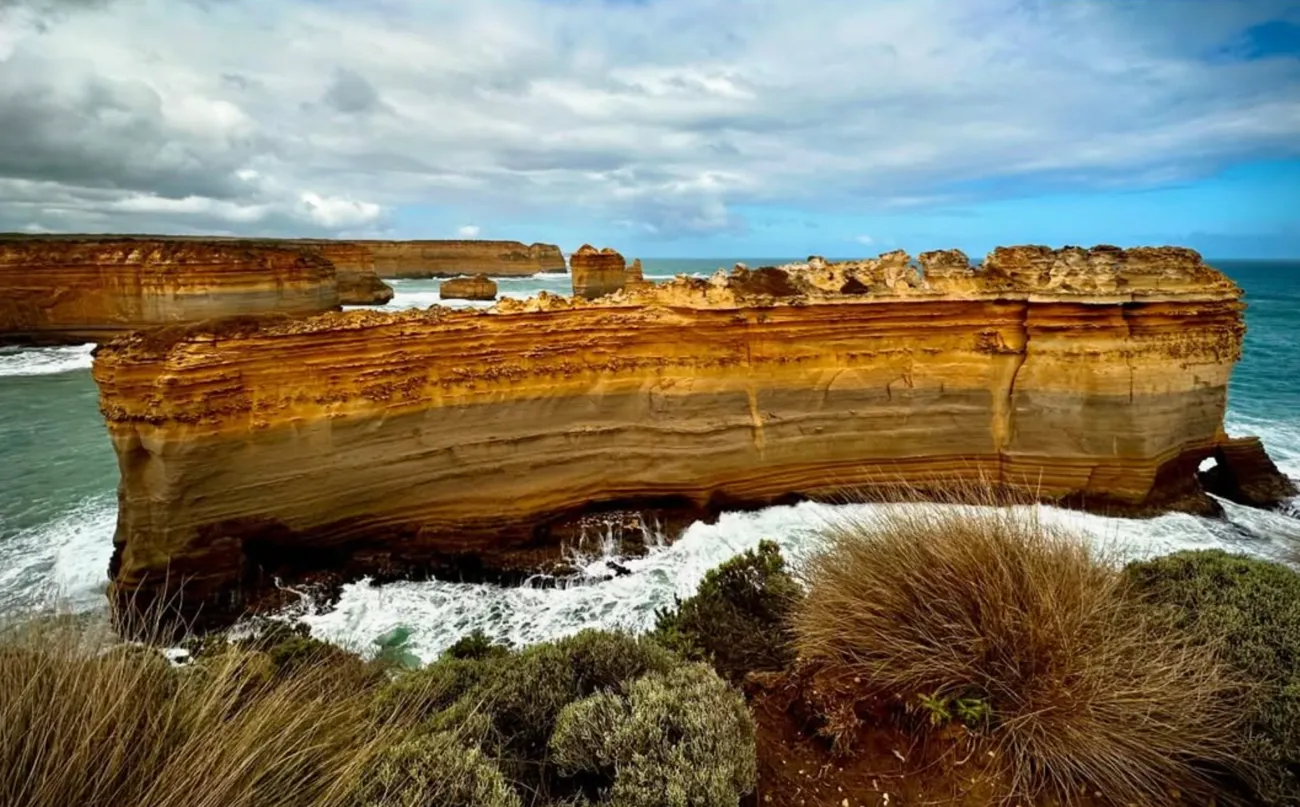
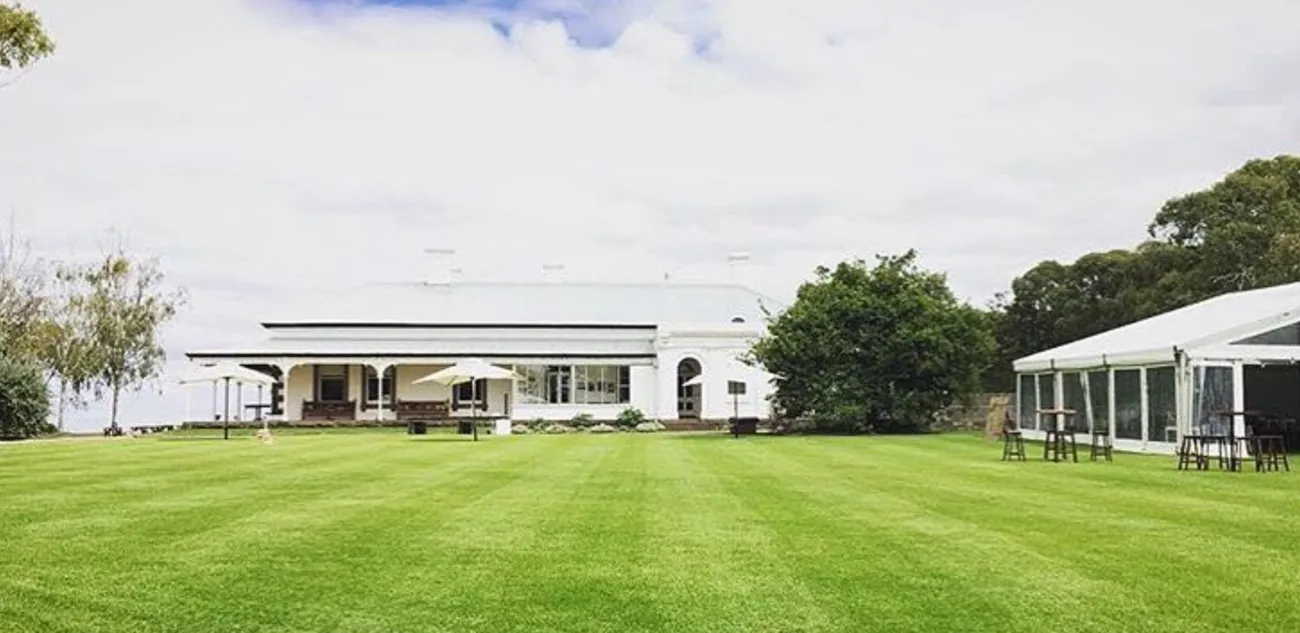
Accommodation
Darlington has a range of accommodation options from farm stays to B&Bs so you can experience rural Victoria. If you want a coastal experience nearby towns like Port Campbell and Port Fairy have more options with coastal views and access to famous surf beaches and rugged coastlines. Campers will also find spots at reserves like Deep Lake where you can get up close and personal with nature.
FAQ
What to do outside?
Hike at Mount Elephant, fish in the nearby rivers and lakes, and drive along coastal tracks with views of the Southern Ocean and rugged coast.
How far from Melbourne?
Darlington is 2 hours from Melbourne with easy access via inland routes and nearby coastal towns like Port Campbell and Port Fairy.
What’s the Ideal Time to Visit?
Spring and autumn are the best times to visit when the weather is mild, but winter is quieter, with lush landscapes and fewer people.
Are there any historical sites?
Yes Darlington has plenty of history with sites like the Darlington Settlement ruins and the Elephant Bridge Hotel to give you a glimpse into the area’s past.
What natural attractions are nearby?
Nearby are the scenic volcanic lakes Lake Tooliorook and Lake Bookaar, the extinct volcano Mount Elephant and coastal spots like the Twelve Apostles and Port Campbell National Park.

